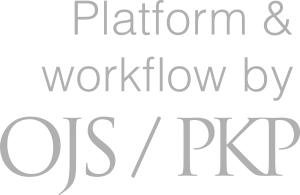The Hermeneutical Value of Bodily Experiences for Art History Research
DOI:
https://doi.org/10.23995/tht.103184Abstrakti
What does the observation of people walking have to do with interpreting paintings or other artworks, past or present? Can an old painting be ‘activated’ or invite the viewer to participate and experience it more actively? In this paper, I discuss some examples in which my own art research practice has found in bodily movements unexpected sources and ways to interpret paintings of the nineteenth and twentieth century, useful for expanding the analysis and understanding of the events in images. In this sense, I challenge the contemporary idea of an explicit viewer activating an artwork by exploring its utility when engaging art pieces of other time periods. I argue, without proposing a formula valid for every form of art, that bodily experiences like walking, observation exercises of bodies in motion, and even dance, might have a hermeneutical value when interrogating artworks. This approach offers new challenging ways of practicing art historical research and it encourages researchers to recognise these bodily experiences within the frame of their academic discourse.








